Materials and History: Sculpture
1/39
There's no tags or description
Looks like no tags are added yet.
Name | Mastery | Learn | Test | Matching | Spaced |
|---|
No study sessions yet.
40 Terms
Yesseria
A deep relief technique done in plaster or stucco introduced by the Moors. Based on linear and geometric designs. Most important was arabesque-serpentine representing the arabic tree of life
Guillermo Tolentino
Father of Philippine Sculpture
Works: UP OBlacion and Bonifacio monument
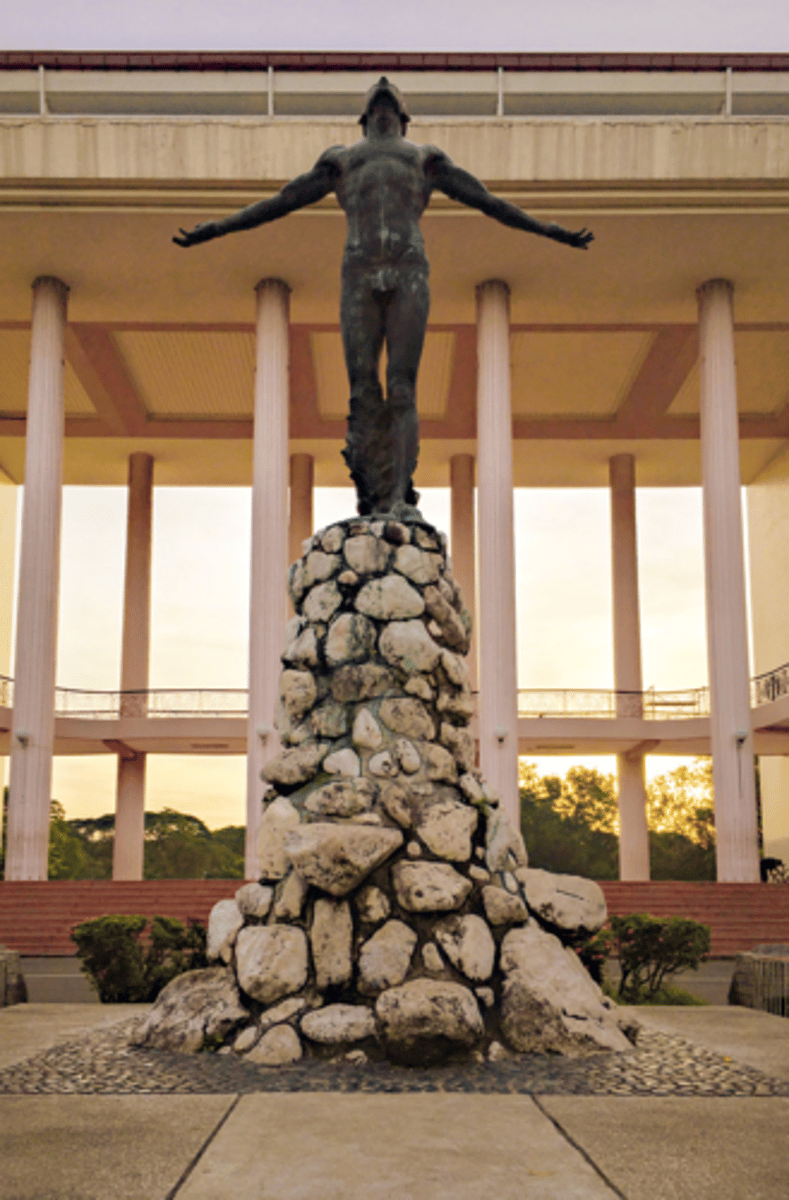
Napoleon Abueva
Father of Modern Philippine Sculpture, youngest National Artist.
Eduardo Castrillo
Sculpted People Power Monument. Specialized in embossed copper and constructed and welded brass

Alabaster
A fine grained stone with a smooth white milky surface. Slightly transluscent
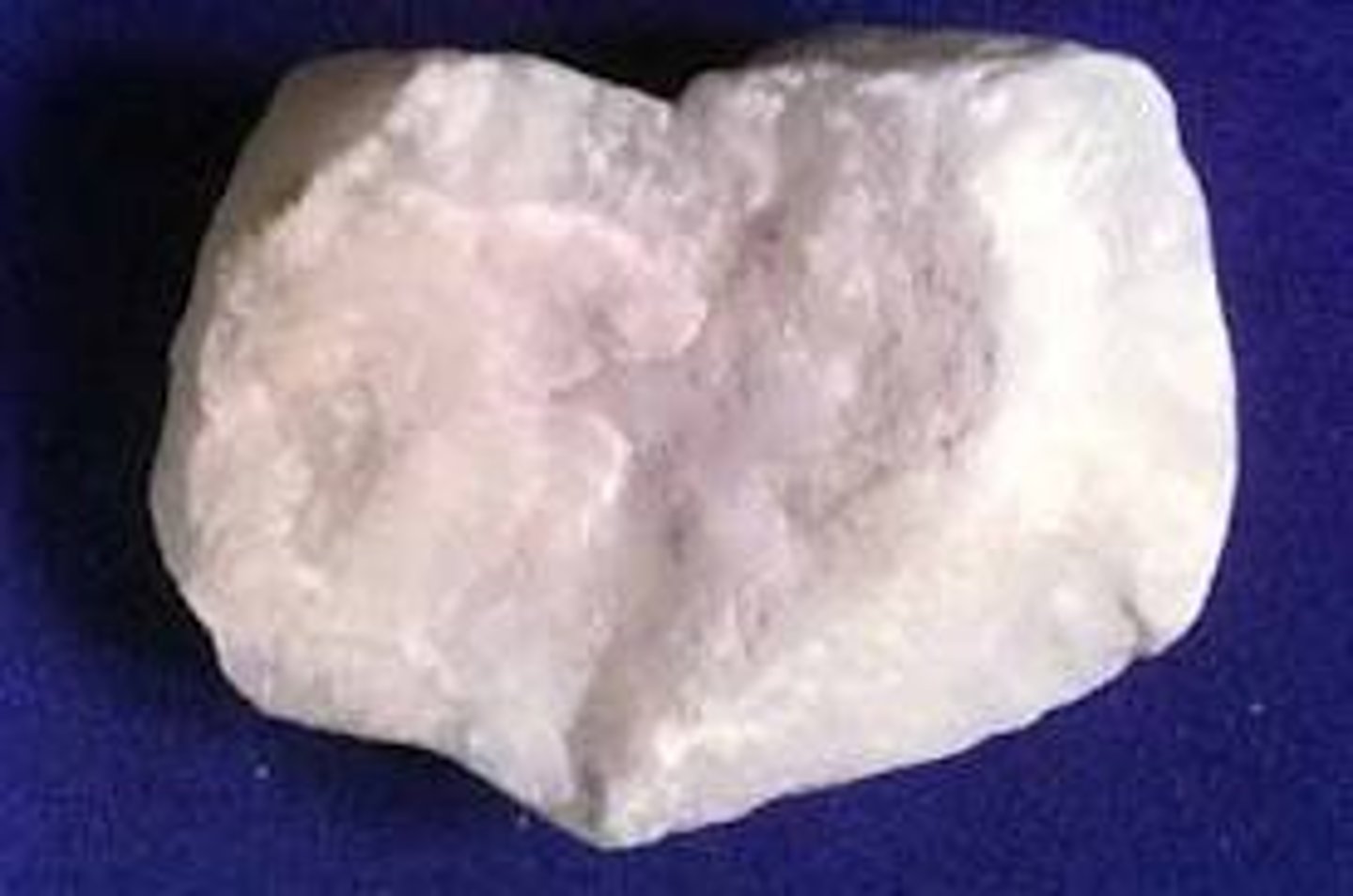
Cameo
A design carved in relief in stone or shell.
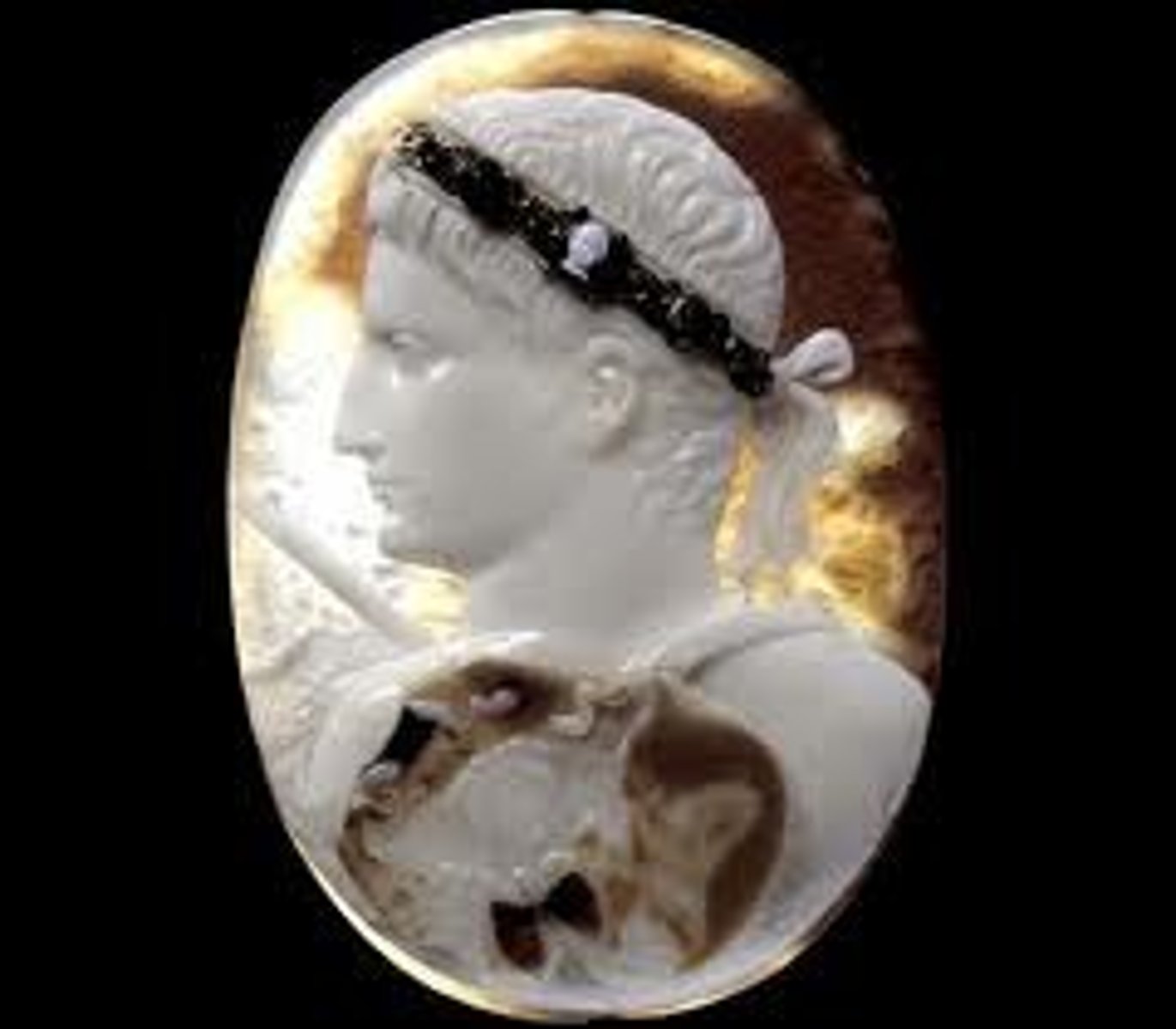
Cast
Metal or plaster poured into mould and left to harden to produce a work of art
Diorite
A type of dark coloured hard stone much used in egyptian sculpture
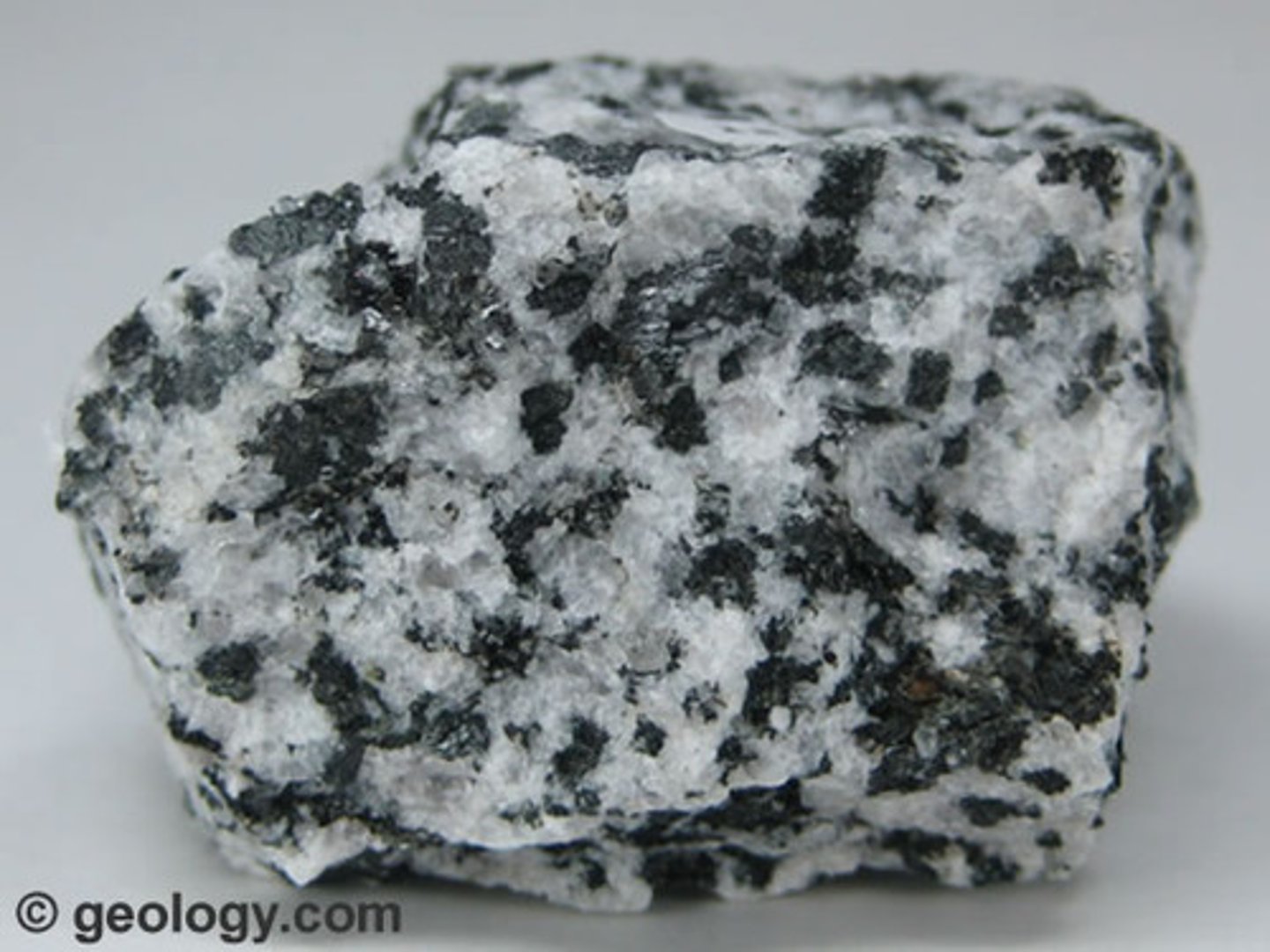
Intaglio
a design incised or engraved into a material.
Plasticene
Oil-based clay used for modelling sculptures; its chief advantages over water clay is it does not shrink, crack or dry out and can be worked on over a long period of time
Renaissance Sculpture
Full range of human emotions and characters were used, not to serve the spirit, but to record the nobility of man.
Exact knowledge of anatomy and body mechanics, perspectives and laws of dynamics were translated with great flexibility into marble and was freed from its medieval function of architectural decoration with monumental free standing sculptures designed to be seen from all sides.
Archaic sculpture
Daedelic style, clay mold technique for frontal figures. Typified by front facing ahead, flat and triangular in outline and possessing long formless bodies. This type is known for the ____ smile, and is largely influence by Egyptian culture.
Egyptian sculpture
Built to accompany or adorn the dead. Intended for the future delectation and maintenance of the dead's ka in the afterlife
Bas relief
A type of carving in which the design is made prominent by raising it from the background
Incised
The inside of the outline is the one being carved out.
Lamassu
a colossal winged human-headed winged lion in Assyrian art
Venus of Willendorf
This Old Stone Age statuette exhibits exaggerated female features. Represent fertility goddess.
Law of frontality
Face must look straight ahead and each side must be exactly like the other, although the hands and feet are in profile; eyes, shoulders in front view
Early Classical - Greek Sculpture
Known as the severe style. Beginning of the exploration of the inner character and the emotions of their subject. Attempt to show the body in motion or in action. Bronze became the favorite medium of instructors
Contrapposto
an asymmetrical arrangement of the human figure in which the line of the arms and shoulders contrasts with while balancing those of the hips and legs.
High Classical - Greek Sculpture
Primary concern is to achieve a harmonious relationship of the various parts of the statue to one another and to the whole.
Polycleitus of Argos
Sculptor of Doryphoros, he sought to represent the perfect male nude
Late Classical - Greek Sculpture
First nude female sculptures were made in this period. All subjects (both male and female) are nude, muscles are defined, fabric is draping, use of an S-curve in sculpture poses. Sculptures often have a source of added support.
Praxiteles
First female nude sculpture: Aphrodite of Cnidus. Introduction of gracefulness and sensuality in his works. Introduced Praxitelian curve: exhibting exaggerated contrapposto, sensuous/ erotic modelling of the body
Hellenistic sculptures
Sculptures in this period gained intensity of feeling and became much more realistic physically and emotionally.
Polycleitus
Made Diadoumenos, Doryphorus, and Chryselephantine of Hera. Divided the human body into sections, known as the canon, based on proportions of the head to the body.
Phidias
sculptor of statues in the Parthenon
Lorenzo Ghiberti
Developed Renaissance sculptures. His works demonstrated his knowledge of ancient sculpture and showed his mastery of the laws of scientific perspective. Work: Gates of Paradise.
Donatello
(1386-1466) Sculptor. Probably exerted greatest influence of any Florentine artist before Michelangelo. His statues expressed an appreciation of the incredible variety of human nature. Work: Bronze David
Michelangelo
An Italian sculptor, painter, poet, engineer, and architect. Famous works include the mural on the ceiling of the Sistine Chapel, and the sculpture of the biblical character David. Also sculpted Pieta
Baroque Sculpture
Typically larger than life size, is marked by a similar sense of dynamic movement, along with an active use of space. Lively movement and pictorial in nature.
Giovanni Lorenzo Bernini
Outstanding personality of the baroque age. Like Michelangelo, he was a child prodigy. Painter, sculptor, architect.
Strong interplay of light, shadow, and movement characterizes all of his works and he was typified by the use of illusion, excitement, and spectacular effects. Succeeded in uniting the sensual with the spiritual experience in an unprecedented manner in the Agony of St. Theresa
• The Ecstasy of St. Teresa
• David
• Cathedra Pietri
Clodion (Clade Michel)
Greatest of the Rococo Sculptors. Worked mostly in terra-cotta. Preferred subjects were nymphs, satyrs, bacchantes, and other classical figures sensually portrayed
Etienne Maurice Falconet
Belonged to the first generation of artists born in the 18th century and active under Louis XV. Combined baroque and classical elements and his forte was gentle erotic figures.
Works: Bather, Equistrian statue of Peter the Greatt
Antonio Canova
Said to be the greatest Italian sculpture, known for his marble sculptures that delicately rendered nude flesh. Neo-classic period.
Works: Theseus and the Minotaur and Cupid and Psyche
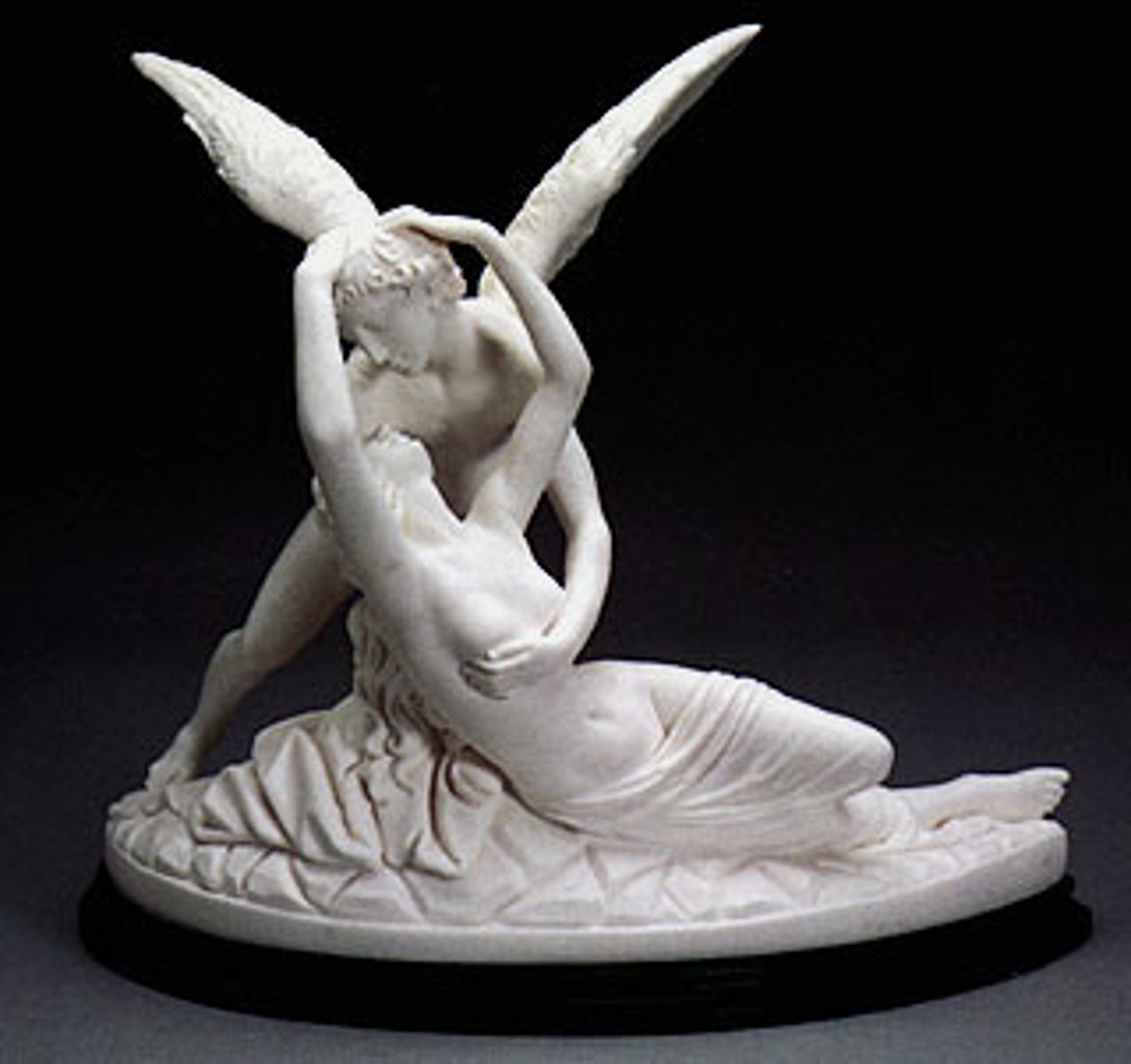
Auguste Rodin
Sculpture of The Age of bronze and gates of hell
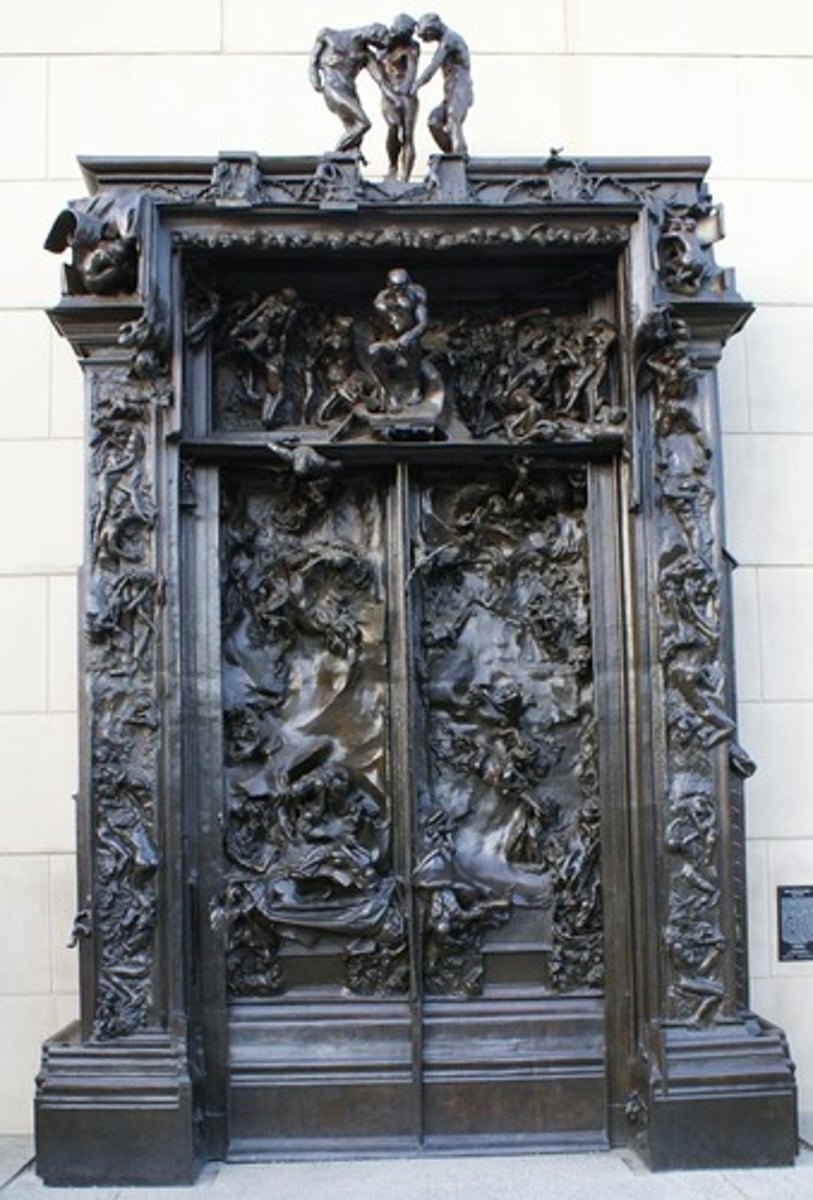
Pablo Picasso
a Spanish artist, founder of Cubism, which focused on geometric shapes and overlapping planes. Created sculptures as constructions, which is fashioned by combining disparage objects and materials into one constructed piece of sculpture in a collage manner.
Direct carving
20th century term used to describe a less planned approach to carving where the sculptor carves the finished sculpture without intermediate models and maquettes.
Armature
a framework or skeleton used to support a sculpture
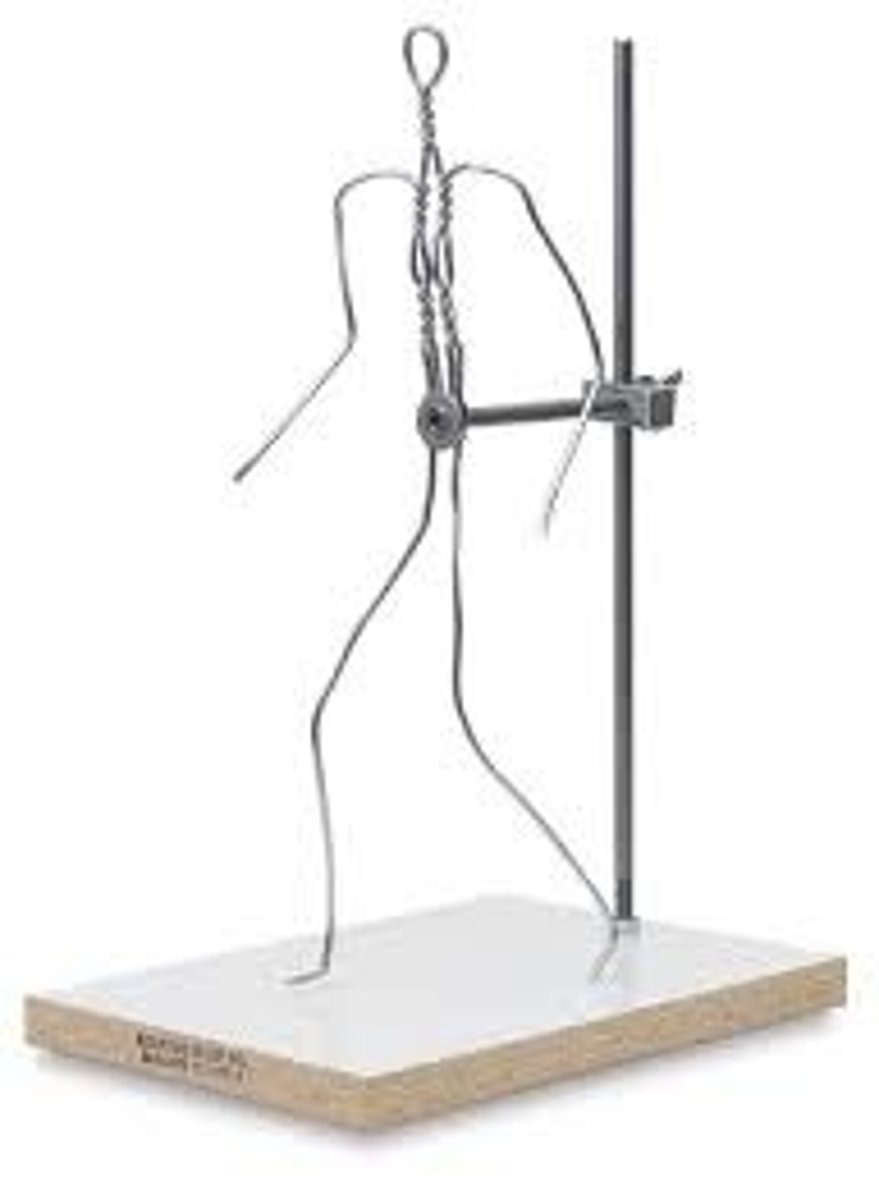
Cold cast bronze
Modern method of casting sculptures in which the casting material is a resin mixed with powdered bronze. Finished sculpture hs a surface which looks very similar to a traditionally cast bronze although it tends to be mch lighter